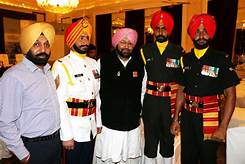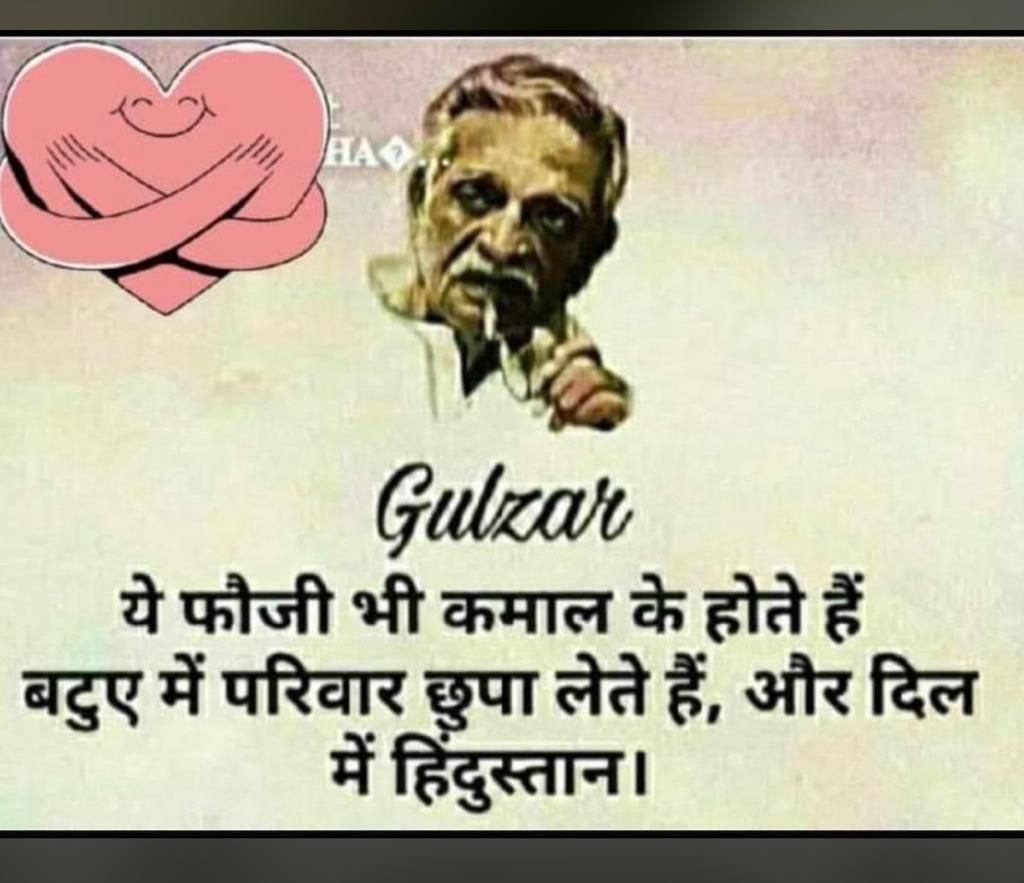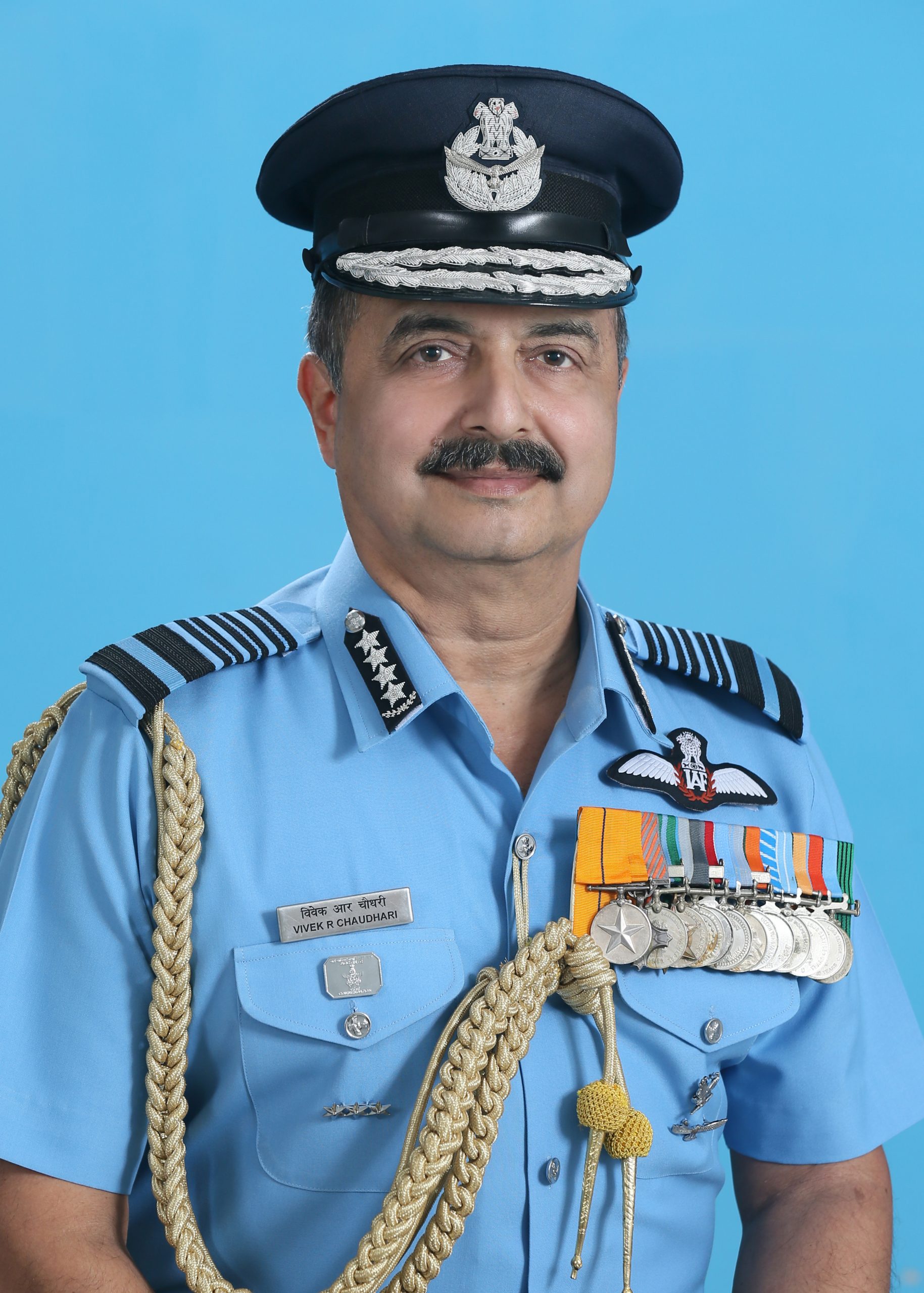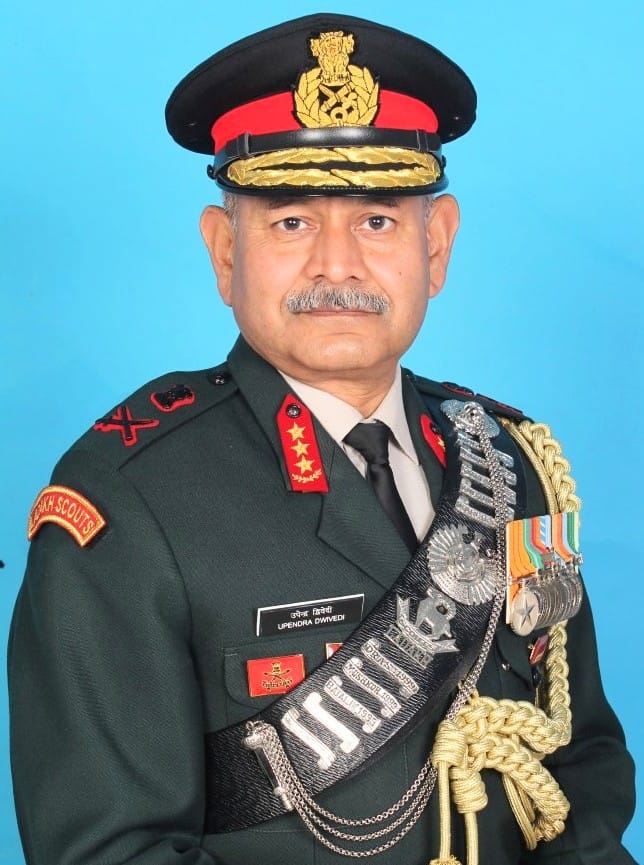
Commandos from 4 Para (SF) dropping from a helicopter to hunt for terrorists. This is the last photo of them alive
The Indian Army suffered a huge setback on April 5, when a five-man squad from the elite 4 Parachute (Special Forces) battalion, or 4 Para (SF) as it is more commonly known, were wiped out during an encounter in the mountains of Kupwara, north Kashmir, with terrorists who had crossed over from Pakistan Occupied Kashmir on April 1.
The terrorists, believed to be five in number, taking advantage of inclement weather and heavy snowfall, infiltrated into the mountainous area of Kupwara through the Line of Control (LoC). However, they were spotted by an infantry unit deployed close by and challenged. However, the terrorists managed to escape deeper into the mountains.
This necessitated the deployment of the army’s best-trained and most motivated soldiers, the commandos from special forces units, who are relied upon to do the most difficult and dangerous operations, which are beyond the scope of regular infantry.
Usually, the special forces do their homework meticulously before they carry out any operation. Proper reconnaissance of the target is carried out, capabilities of the opposing forces are assessed and then only they move in for the kill.
The 2016 surgical strike, which was carried out by 9 Para (SF) and 4 Para (SF), was a classic example of what specially trained soldiers with proper intelligence and meticulous planning can achieve.
In Kupwara, the two squads of commandos that were deployed didn’t have that luxury. The only input they had was that there were five terrorists who had infiltrated into Indian territory and they had to be captured/killed before they could make it to the Kashmir Valley and disappear among the local population, making it very difficult if not impossible to track them.
So, the commandos were not up only against terrorists, who were well-trained which became evident later, but also against the elements and time, as the local army commanders wanted quick results.
Such operations are dangerous even for tough-as-nails commandos. In a similar operation in Hafruda forest of Kupwara on March 21, 2009, 1 Para (SF) lost 8 soldiers, including Major Mohit Sharma, who was posthumously awarded Ashoka Chakra, nation’s highest peace time gallantry award, after they were heli-dropped on a search and destroy mission against militants hiding in the forest but they were caught in a well-planned ambush.
In the afternoon of April 4, the commandos got the go ahead to deploy. Two squads were flown into an area where the terrorists were believed to be hiding. The commandos got out of the helicopters and started their mission in chest-high snow.
Surely, the terrorists who were hiding nearby had heard the helicopter and they knew that when a helicopter is pressed into service it can mean only one thing: special forces have been deployed.

The five commandos who made the supreme sacrifice
Early on April 5, one squad of the commandos picked up footsteps in the snow and started following them. What happened after that is hazy. The army version is that the ice cornice on which the commandos were standing gave way and some of them fell into a stream near the spot where the militants were hiding, who opened fire immediately on the commandos.
The commandos who didn’t fall, also slithered down and joined in the close-quarter hand-to-hand battle which resulted in everyone including the four or five terrorists and the five commandos dying.
But there are other theories going around which say that the commandos were caught unawares and were in fact ambushed and eliminated and the terrorists were then killed by the second squad of the commandos who were nearby and had rushed to the spot after hearing gunfire.
It is very likely that the spin doctors in the army turned an embarrassing ambush into a heroic action by putting out the narrative that the five commandos eliminated the terrorists while perishing in the process.
And why will they not? Losing an entire squad of supposed elite soldiers, the cream of the army, to terrorists is a defeat and the army would never accept it. It would hit morale of the forces and point fingers at everything, including poor intelligence and selection and training standards of special forces.
The terrorists who died were no ordinary terrorists. They were highly trained and motivated. To take out a whole squad of commandos is no easy task and there is no doubt the terrorists were trained by Pakistan Army’s special forces, the Special Service Group (SSG). In the past too, SSG-trained terrorists have proven to be tough fighters who have given Indian Army a hard time.
Even a senior army officer, who asked to remain anonymous, has said that the commandos walked into an ambush and the army is trying to hide this fact.
This incident has several similarities to what the Indian Air Force did with the downing of the MiG-21 Bison in the aerial battle with Pakistan Air Force fighter planes over PoK on Februry 27, 2019. The MiGs were launched to counter enemy planes. Likewise, the commandos were heli-dropped to take down militants who infiltrated. In both actions, our forces came off worse, though in Kupwara an entire squad of supposed elite soldiers, the cream of the army, were wiped out while on February 27, the MiG was downed by a superior fighter plane.
In my opinion, Wing Commander Abhinandan Varthaman, the MiG-21 pilot, didn’t fire a missile seconds before he was hit and therefore no PAF plane went down.
This is all propaganda. I guess the BJP-led government at the Centre wants to hide embarrassing defeats and instead wants to put out a narrative which paints our armed forces as heroes in every action, even when they have been overwhelmed by the enemy.
On February 27, we were surprised by PAF’s daylight raid and this led to confusion which resulted in downing of an Mi-17 chopper and deaths of six IAF personnel onboard and the shooting down of the MiG. The Sukhois and Mirage 2000s were also not able to fire their missiles, which again highlights the inadequacies which have marred our armed forces.
In Kupwara, the army was unable to track and finish off infiltrating militants for three days hence there was pressure from local commanders to find and eliminate them fast.
I think this hurriedness caused the surprise element to be lost and when the commando squads were helicoptered in, the mililtants knew what they were up against and they were prepared.
By now the militants in Kashmir know the standing operating procedure of Special Forces teams. If they hear a helicopter, they know the SF teams are coming and about to be dropped and this gives them ample time to prepare an ambush.
If militants can take out a SF squad, what can they do to a group of regular soldiers? The army has to take a long, hard look at what happened in Kupwara and change its standing operating procedure so that it stays one step ahead of the opposing forces.




















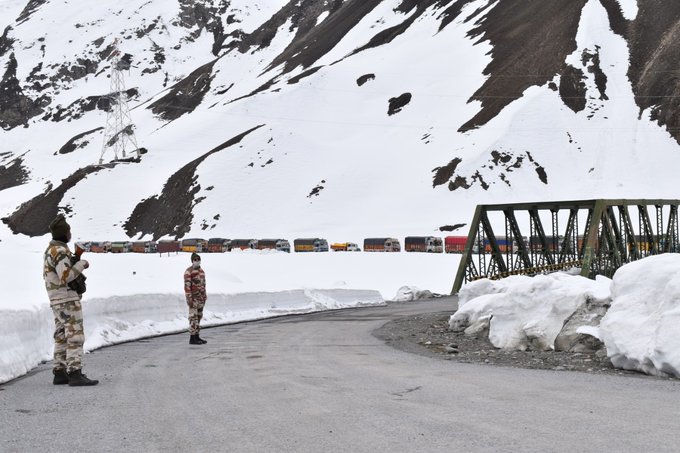
 ‘s other Tweets
‘s other Tweets

